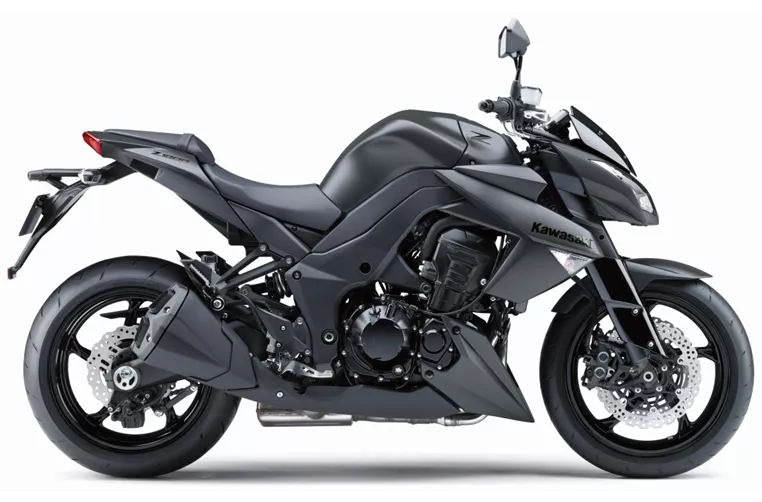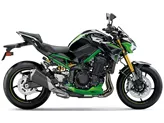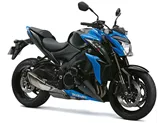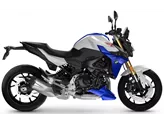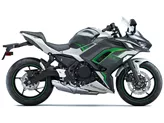Kawasaki Z900 2019 vs. Kawasaki Z1000 2013

Kawasaki Z900 2019

Kawasaki Z1000 2013
Overview - Kawasaki Z900 2019 vs Kawasaki Z1000 2013
The Kawasaki Z900 2019 and the Kawasaki Z1000 2013 are both naked bikes with similar engine types, in-line four-cylinder engines with liquid cooling. However, there are several differences between the two models.
In terms of engine power, the Kawasaki Z1000 2013 has a slight advantage with 138 HP compared to the Kawasaki Z900 2019's 125.4 HP. The Z1000 also has a higher torque of 110 Nm compared to the Z900's 98.6 Nm. This means that the Z1000 may offer slightly better acceleration and top speed compared to the Z900.
Both bikes have a double cradle frame, but the Z1000 2013 has an aluminum frame while the Z900 2019 has a steel frame. The aluminum frame of the Z1000 may offer slightly better handling and agility compared to the Z900's steel frame.
In terms of suspension, both bikes have upside-down telescopic forks at the front. However, the Z1000 2013 offers more adjustability with compression, preload, and rebound adjustments, while the Z900 2019 only has preload and rebound adjustments. This means that the Z1000 may offer a more customizable and comfortable ride compared to the Z900.

Kawasaki Z900 2019
Both bikes have double disc brakes at the front with four-piston calipers. However, the Z1000 2013 has radial brakes, which may offer better braking performance compared to the Z900's petal brakes.
In terms of dimensions, the Z900 2019 has a slightly wider front tire at 120 mm compared to the Z1000's 120 mm. However, the Z1000 has a wider rear tire at 190 mm compared to the Z900's 180 mm. The Z900 has a slightly longer wheelbase at 1450 mm compared to the Z1000's 1440 mm. The seat height of the Z900 is also slightly lower at 795 mm compared to the Z1000's 815 mm.
Moving on to strengths, the Z900 2019 is praised for its light and natural handling with high stability. It is also known for its silky engine that offers full pull from mid revs. The Z900 has a high chassis transparency, providing great feedback to the rider. The sitting position of the Z900 is also comfortable and offers a feel-good factor. Additionally, the Z900 is considered to have a fair price.
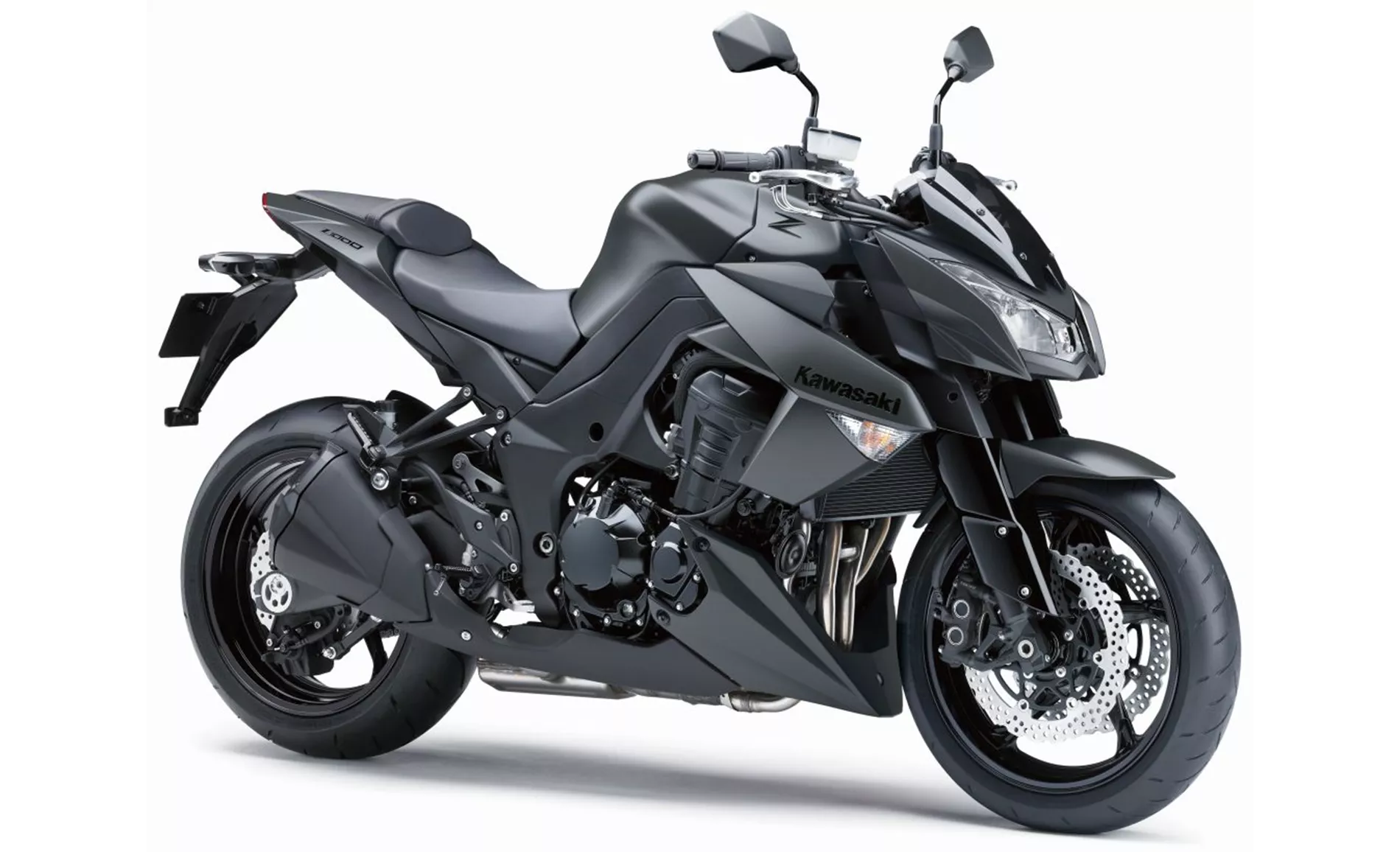
Kawasaki Z1000 2013
On the other hand, the Z1000 2013 is known for its powerful engine and rich sound. It also has a unique design that sets it apart from other bikes in its class.
In terms of weaknesses, the Z900 2019 has a TFT display mounted too low, which may make it difficult for the rider to read while riding. The menu operation on the Z900 is also considered cumbersome. Additionally, the rearview mirrors on the Z900 offer modest visibility.
The Z1000 2013, on the other hand, does not have traction control, which may be a disadvantage for riders who prioritize safety features. The chassis of the Z1000 is also described as nervous, which may affect the bike's stability and handling.
In conclusion, the Kawasaki Z900 2019 and the Kawasaki Z1000 2013 have their own strengths and weaknesses. The Z900 offers a light and natural handling experience with a silky engine, while the Z1000 provides a powerful engine and unique design. Ultimately, the choice between the two models will depend on the rider's preferences and priorities.
Technical Specifications Kawasaki Z900 2019 compared to Kawasaki Z1000 2013
Pros and Cons in comparison
Pros and Cons in comparison
Kawasaki Z900 2019

Fortunately, the new Kawasaki Z900 has lost none of its character through the use of electronics. It is and remains a playful mid-range naked bike, which at the same time masters the brisk pace on the country road magnificently. The riding pleasure and suitability for everyday use are high, the now installed riding aids offer a plus in safety. Your opponents will have a really hard time from now on.
Kawasaki Z1000 2013
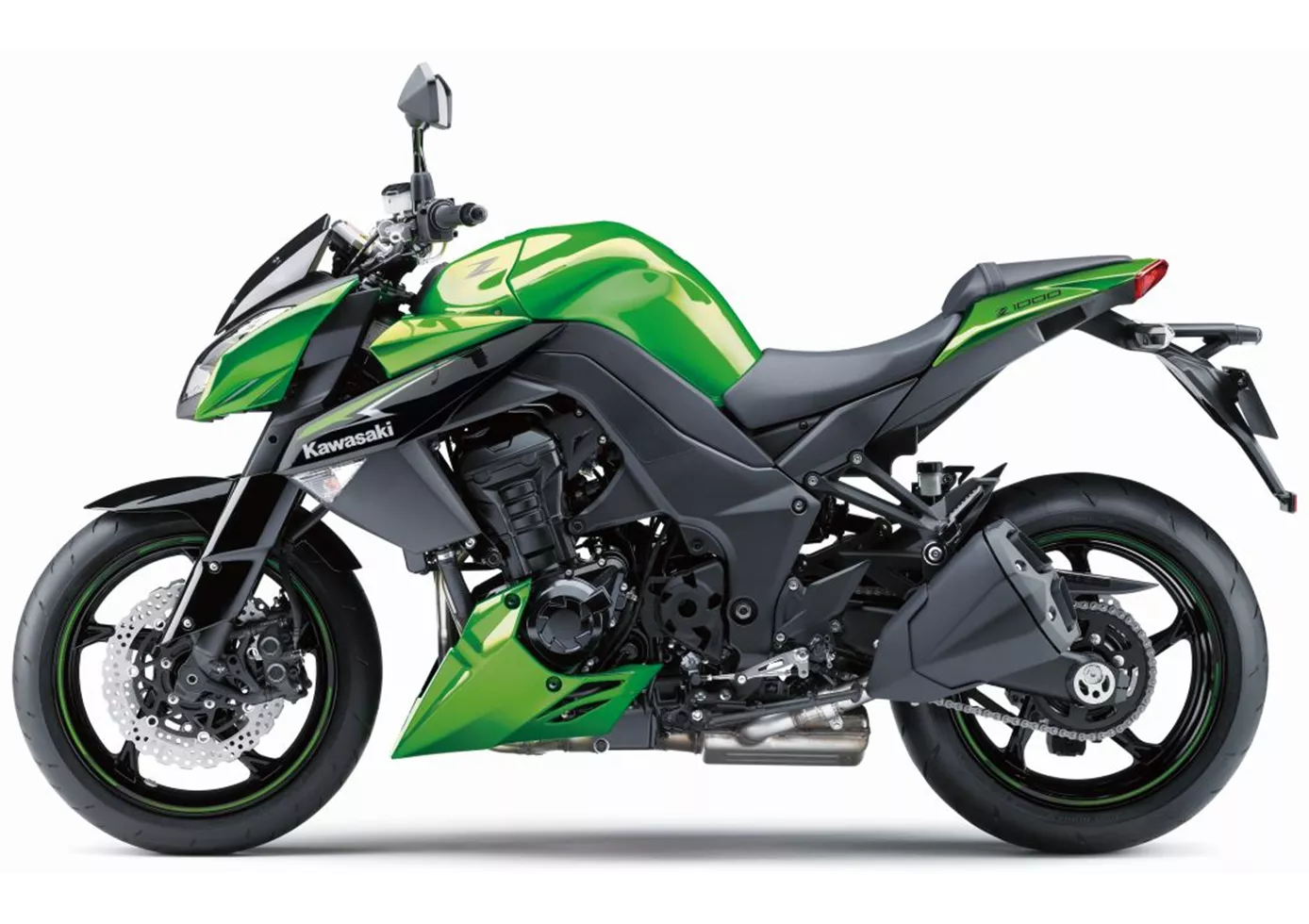
All in all, the new Z1000 is a successful further development of its predecessor. The lack of traction control is more of a marketing problem than a problem for end customers.
Price Comparison Avarage Market Price Kawasaki Z900 vs Kawasaki Z1000
There are a few key differences between a Kawasaki Z900 2019 and a Kawasaki Z1000 2013. In terms of price, the actual average price of a Kawasaki Z900 2019 is about 14% higher. A Kawasaki Z900 2019 experiences a loss of 230 USD in one year of ownership. This is offset by a loss of 730 USD for a Kawasaki Z1000 2013. Compared to Kawasaki Z1000 2013 there are more Kawasaki Z900 2019 bikes available on the 1000PS.de Marketplace, specifically 40 compared to 4. It takes less time to sell a Kawasaki Z1000 with 69 days compared to 116 days for the Kawasaki Z900. Since model year 2017 1000PS.de editors have written 46 reviews for the Kawasaki Z900 and 41 reviews for the Kawasaki Z1000 since model year 2005. The first review for the Kawasaki Z900 was published on 11/11/2016 and now has more than 93,200 views. This compares to more than 5,800 views for the first review on Kawasaki Z1000 published on 9/2/2002.

